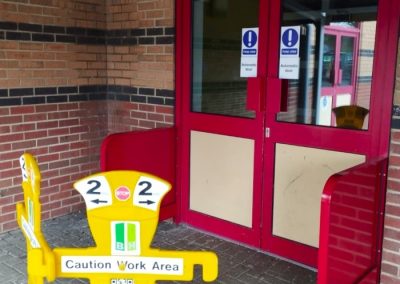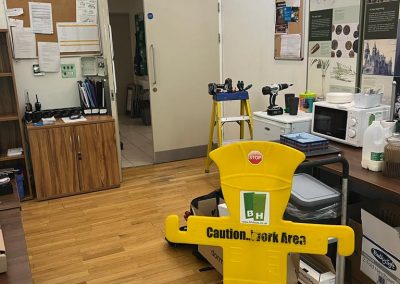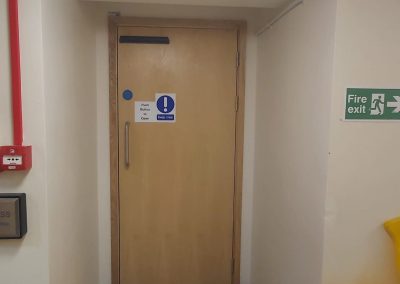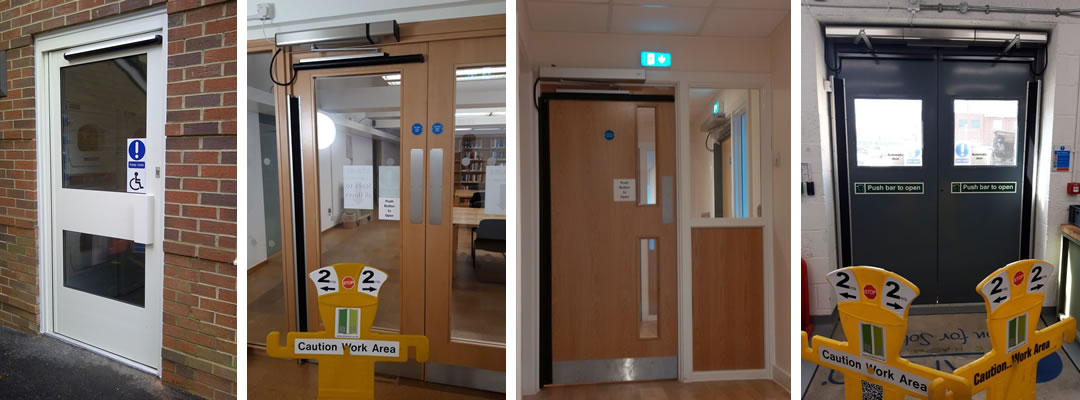
Accessible Automatic Doors
What are the requirements for accessible automatic doors?
Accessible Automatic doors give easy access to those who wish to enter into and around buildings or houses.
They also help comply with the Equality Act and Disability Discrimination Act (DDA) regulations necessary for most company and public buildings or landmarks.
Providing easy access and security to all those who are within in the building.
“The Importance is to provide access to people with disabilities, regardless of their abilities, everyone must receive the same services and access all the same places”
The Disability Discrimination Act (DDA) 1995
Many organisations, local authorities, shops, schools and employers must take numerous steps to remove all barriers and difficulties that current or future disabled customers, employees, or students may experience.
Everyone should receive the same standard of service, and all public spaces should be easy to access and safe for each person, regardless of ability.
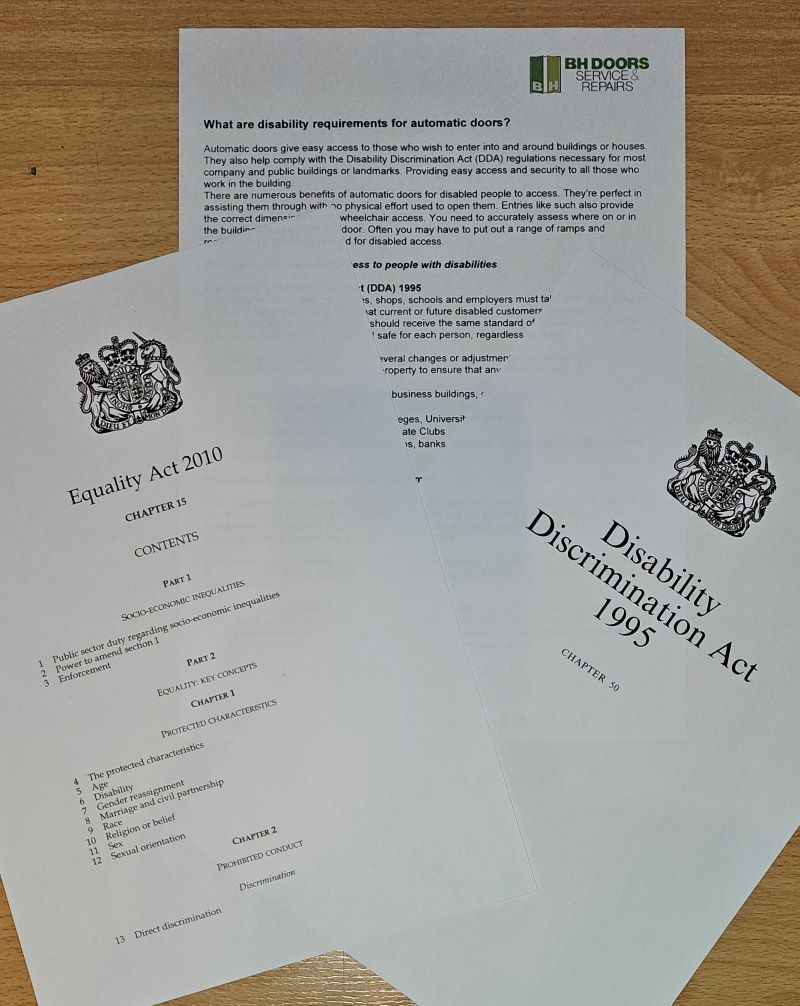
Change a physical feature?
Sometimes a physical feature of a building or other premises may make it more difficult for you to access or use it.
Here are examples of physical features which it might be possible to change:
- steps and stairs
- passageways and paths
- entrances and exits
- internal and external doors
- toilets
- signs
- lighting and ventilation
- the size of premises
The Equality Act of 2010
The Act states the several changes or adjustments that company buildings, schools or shops should make to their property to ensure that anyone can access them:
- Places of employment (Office and business buildings, etc.)
- Housing and Apartment Blocks
- Educational Facilities (Schools, Colleges, University Buildings)
- Associations, Organisations and Private Clubs
- Goods and Hospitality Services (Shops, banks, hospitals, council offices, cinemas, leisure centres, etc.)
Make a reasonable adjustment?

Here are examples of reasonable adjustments:
- providing ramps and stairway lifts
- making doorways wider
- installing automatic doors
- providing more lighting and clearer signs
The best solution is an entrance that allows all of your customers, students and employees through the door with ease, whether they are non-disabled or not.
Automatic doors are great as they allow access without additional assistance from any carers or passers-by. There are numerous benefits of automatic doors for disabled people to access. They’re perfect in assisting them through with no physical effort used to open them. Entries like such also provide the correct dimensions to suit wheelchair access.
It has been long established that when any disabled entrance or DDA accessible automatic door is installed, the access provides a safe, easy and cost-effective solution for all businesses wishing to comply.
BH Doors provide installations of these easy-access door systems that will enable your building to be accessible to everyone with the functionality and security you require.
SPECIFICATION
REPAIR
SERVICE
DOCUMENTATION
RISK ASSESSMENT
PRICE
Contact us on 0808 120 0911 to speak to one of our engineers for more information or to arrange a free survey today.
SPECIFICATION
REPAIR
SERVICE
DOCUMENTATION
RISK ASSESSMENT
PRICE

Do You Require A Service & Maintenance Contract?
- 6 Monthly Servicing
- All Labour Included
- Fixed Cost Contract
- Fully Guaranteed
- Minor Repairs Carried Out
- Comprehensive Checklist
- Detailed Schedule Of Works
- Competent Trained Engineers


